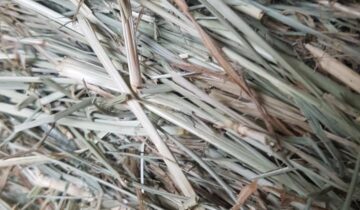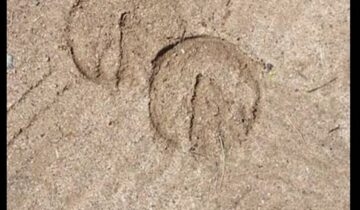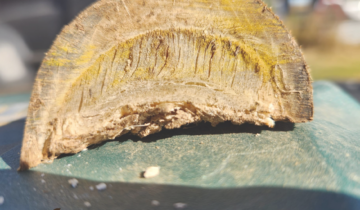3 Key Points to Remember:
- Forage is KING.
- Feed a species-appropriate diet.
- Feed for your particular horse’s discipline and lifestyle (e.g., metabolic type, breeding, performance).
A hay analysis of pasture or hay is the gold standard starting point for balancing your horse’s nutrition. It provides the foundation of nutrients, identifying deficiencies and excess nutrients in your horse’s diet. Forage is KING! It’s the primary source of energy, protein, and essential vitamins and minerals. When it falls short of meeting all the nutritional needs of your horse, we have a solution: a carrier/supplement (e.g., Wandilla Mineral Mix or a processed feed).
Feed Central is a great resource! They are Australia’s largest online feed platform and are currently the only recognised system here for hay analysis. I love the quality and depth of their data when reviewing forage and the horse’s requirements. This analysis provides the foundation of nutrients, highlighting deficiencies and excesses in your horse’s diet.
If you can’t obtain a pasture/forage analysis, you can work with a generic area assessment to get an indication of what could potentially be missing in terms of minerals.
When we talk about feeding a species-appropriate diet, think of the horse’s natural eating habits and nutritional needs as a grazing herbivore. Through evolution, horses evolved as browsing herbivores, eating leaves, bark, forbs, grasses, herbs, and even the occasional mouthful of dirt. Now, in the modern era of domestication, horses live on a more monoculture diet with very little diversity, including pelleted foods, grains, cereal hays, legume hays, and tropical species of grasses (at least here in South East Queensland).
There are more products than ever on the market now focused on various disciplines, breeding and lactation, metabolic dysfunction, and laminitis. If you are feeding a processed/hard feed, make sure it is suitable for your particular horse. A gentle reminder: don’t get caught up in the marketing of the products (e.g., the tagline or name) – the focus should be on the nutritional information and the ingredients.
The ingredients should be listed in order of the highest quantity to the lowest quantity, providing a starting indication of whether you would consider it for your horse. For example, if grain is listed, would you consider that for your pasture pony? If you see hulls (e.g., lupin, soy, or beet pulp), then you know it’s fibre-based (I always prefer fibre-based products for my equines with PPID and EMS). For horses with no health issues, I use Millrun/bran as their mineral carrier because my horses love it, and it suits their profile, allowing me to use only a small amount. Imagine only feeding 300 grams of Millrun to get the necessary nutrients that are deficient in the diet – winning on saving money and time!
When I started balancing my horses’ diets, I used some pelleted feeds as part of the diet, then moved to soy hulls, copra, and sugar beet pulp. Now, I’ve transitioned completely to a 100% forage diet with a small amount of lucerne and Rhodes chaff as my MSG (aka flavour enhancer) for most of my horses for their compounded minerals. Not only does this save me a lot of money, but I also know that my horses’ physiological needs are met through forage.
Always remember to check, are you feeding for your horse’s needs? Thinking of their metabolic type, breeding, and performance? A common example I use, is would I feed my eventing horse the same as my paddock ornament? Would I feed my endocrine-challenged pony the same way I would feed my show pony? So far as the basics go, yes to forage and yes to a species-appropriate diet however each different horse will have additional requirements in terms of calorie intake and a higher intake of certain minerals. This is where a different forage may be required, grazing muzzles or timed grazing and different carriers or processed feeds.
If you need help balancing your horse’s diet or would like to know more about Wandilla Mineral Mix, feel free to reach out for more information or to arrange a consultation.




 No products in the cart.
No products in the cart.